
New Research Reveals Toxic Exposure May Drive More Dangerous Breast Tumors
Environmental Toxins May Fuel Aggressive Breast Cancer, New Research Warns
A growing body of scientific evidence is revealing an alarming connection between environmental pollution and the increasing rates of aggressive bre@st cancer. A newly published study has found that individuals living near toxic sites—such as industrial waste facilities, chemical dumping grounds, and areas with high levels of air or water contamination—face a significantly elevated risk of developing more dangerous and fast-progressing forms of breast cancer. This research brings attention to a silent threat embedded in many communities’ surroundings.
According to the findings, prolonged exposure to pollutants like heavy metals, volatile organic compounds (VOCs), and endocrine-disrupting chemicals can trigger harmful changes at the cellular and genetic levels. These toxic substances may interfere with hormone regulation, damage DNA, and stimulate the growth of tumours that are more resistant to conventional treatments. Studies published in Environmental Health Perspectives have similarly shown that chemicals such as benzene, dioxins, and PFAS (“forever chemicals”) can increase cancer risk by disrupting normal cell development.
Experts emphasise that environmental factors, long overshadowed by genetic and lifestyle influences, play a much more significant role in cancer development than previously understood. The National Cancer Institute (NCI) has noted that environmental exposures may contribute to a substantial portion of all cancer cases, while the World Health Organization (WHO) estimates that millions of global deaths each year are linked to pollution-related causes. This new study adds to the growing concern that toxic environments may be driving more aggressive cancer behaviour.
Communities situated near contaminated areas are particularly vulnerable. Researchers point out that these populations often face chronic exposure without being fully aware of the dangers. Public health specialists recommend increased access to screening programs, improved environmental monitoring, and greater community education on how to limit exposure to harmful chemicals. The U.S. Environmental Protection Agency (EPA) also stresses the importance of enforcing strict regulations on industrial emissions, hazardous waste disposal, and water contamination to protect residents from long-term health risks.
The findings also highlight urgent issues of environmental justice. Low-income neighbourhoods and minority communities are disproportionately located near toxic industrial zones and often have fewer resources to advocate for protection or relocation. Numerous reports, including research from The Lancet Oncology, show that these environmental inequities translate into higher rates of chronic illness, including breast cancer.
Ultimately, this study serves as a powerful reminder that cancer prevention must go beyond genetics, screening, and personal lifestyle choices. It requires addressing the larger environmental systems that shape public health. By recognising the connection between pollution and aggressive bre@st cancer, individuals and policymakers can push for cleaner environments, stronger protections, and more equitable health outcomes.
Awareness is the first and most vital step. Understanding how toxins in our surroundings influence cancer risk empowers people to take proactive action—whether through advocating for policy reform, pursuing regular medical check-ups, or reducing personal exposure whenever possible. Protecting our environment, researchers argue, is not just about preserving ecosystems—it is fundamentally about safeguarding human health.
News in the same category

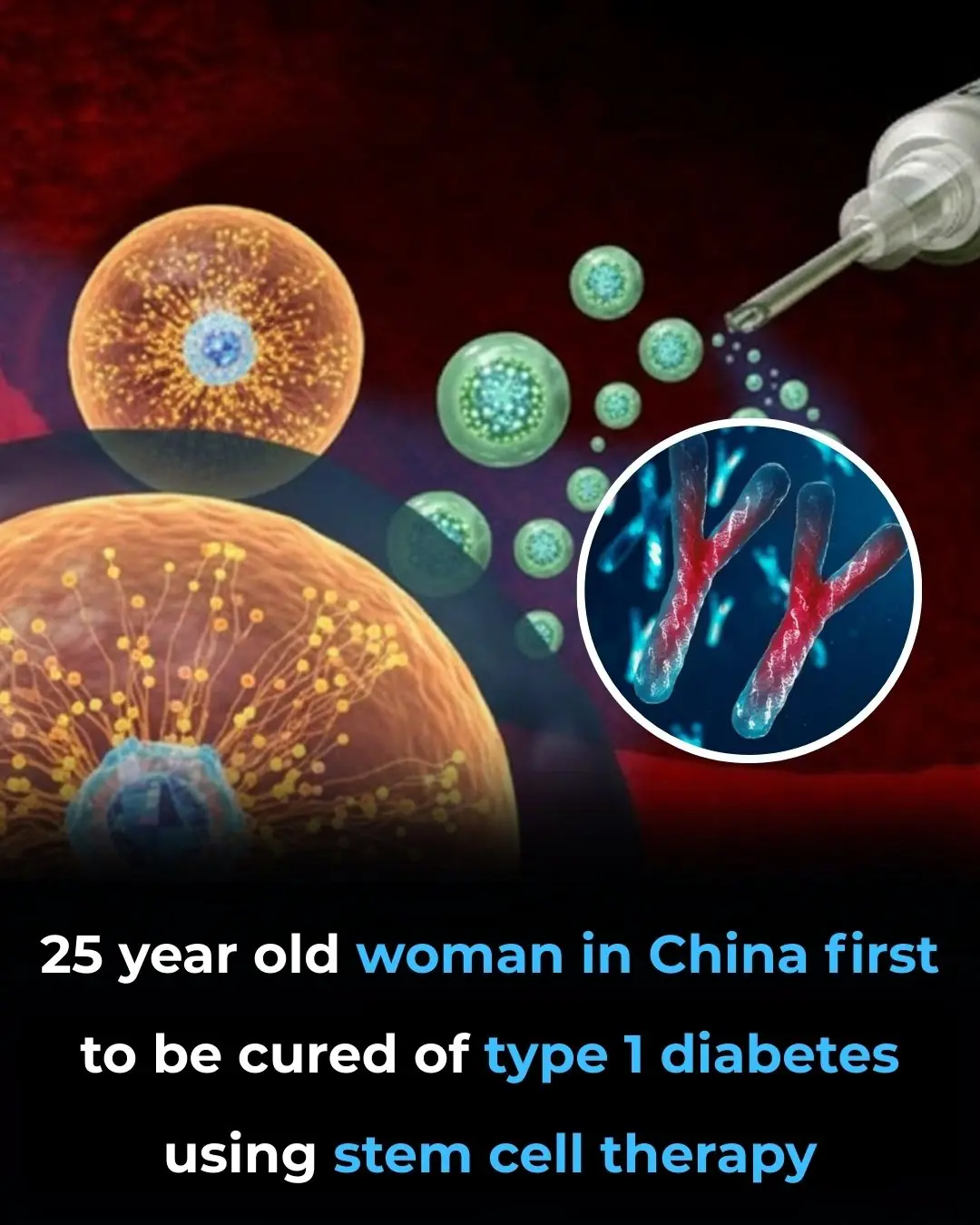
First Person Cured of Type 1 Diabetes Using Stem Cell Therapy: A Groundbreaking Medical Achievement

Gray Hair: A Natural Defense Against Cancer, New Study Suggests

Young Student's Determination to Support His Education Inspires Viral Act of Kindness

MIT Scientists Develop Injectable Gel to Regenerate Damaged Nerves and Restore Sensation

How Attention Shapes Reality: The Neuroscience Behind Focus and Perception

From Fear to Trust: A Dog's Journey of Healing and Love

Frequent Daytime Naps Linked to Larger Brain Volume and Healthier Aging

Study Reveals: Parents of Sons Experience Sharper Cognitive Aging
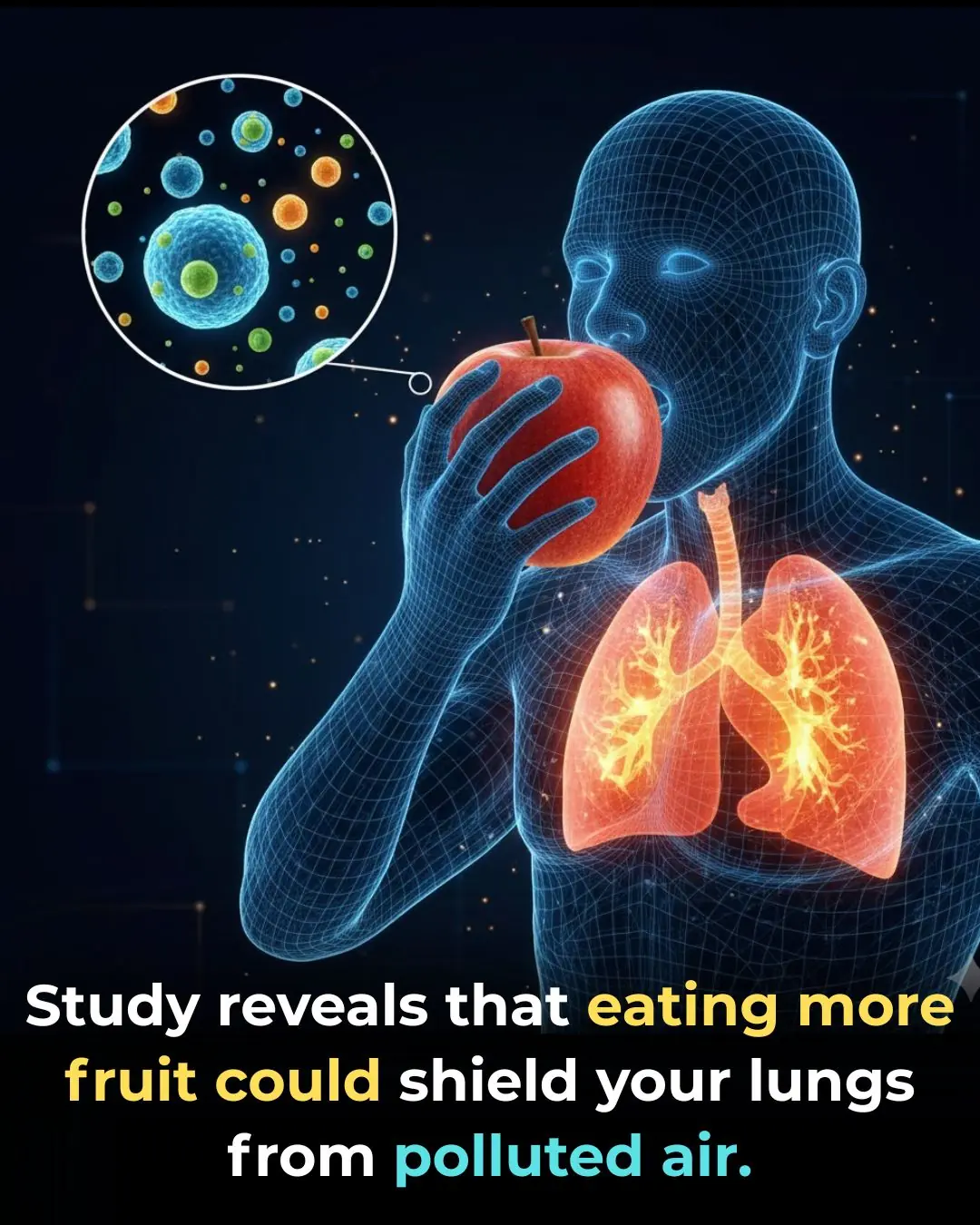
The Surprising Link Between Fruit Consumption and Stronger Lung Health

The 37-Dimensional Photon: A Breakthrough That May Transform Quantum Computing
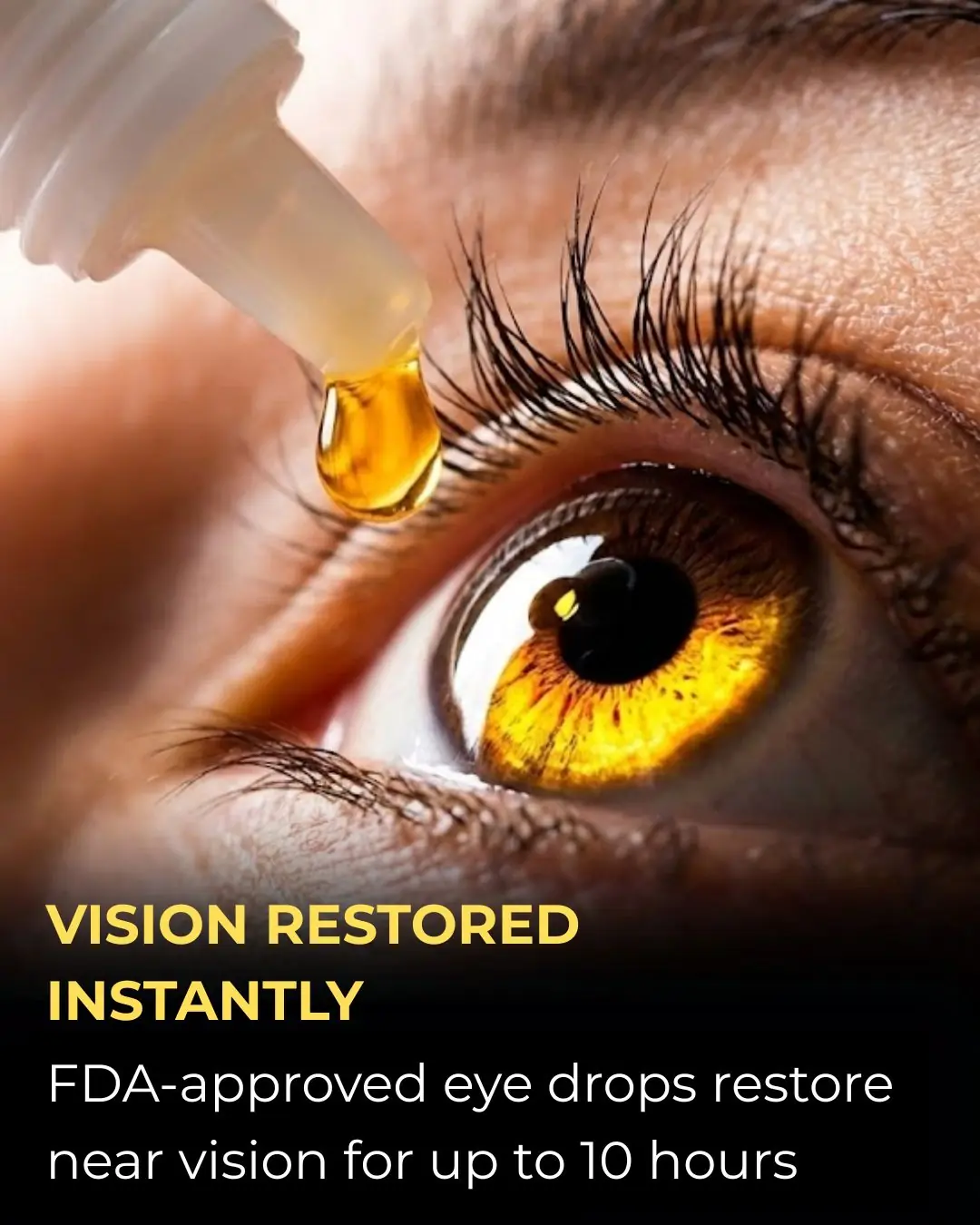
Revolutionary FDA-Approved Drops Restore Clear Near Vision Without Glasses

Student forgot he invested $27 in Bitcoin for school project and returned to stunning fortune years later
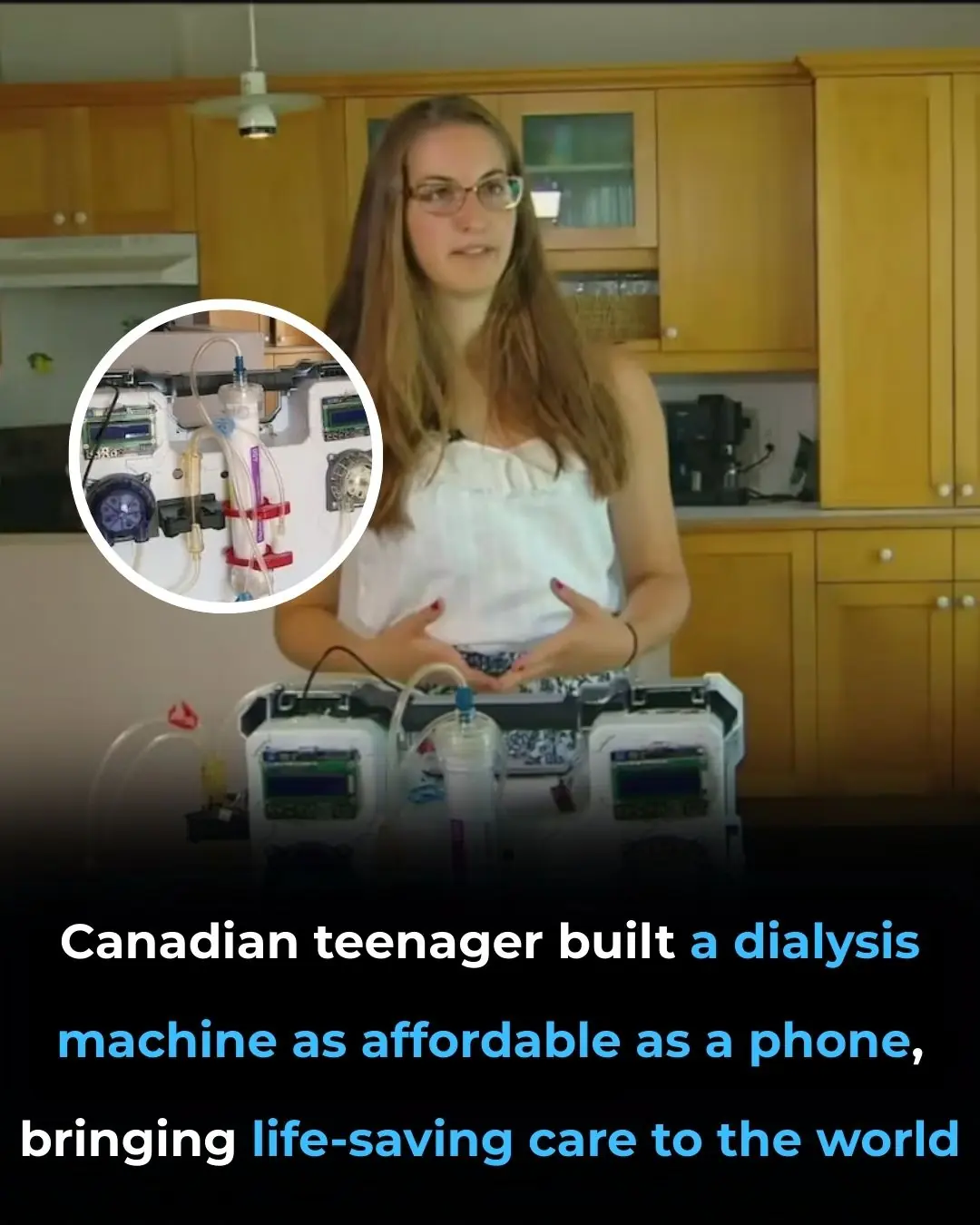
Teen Inventor Creates Affordable Dialysis Machine, Revolutionizing Global Healthcare

PepsiCo Removes Petroleum-Based Dyes from Doritos, Paving the Way for Healthier Snacking

From Tragedy to Hope: How Compassion Saved a Life in Rural China

Why Tanker Trucks Have a Hanging Chain: Safety Function Explained
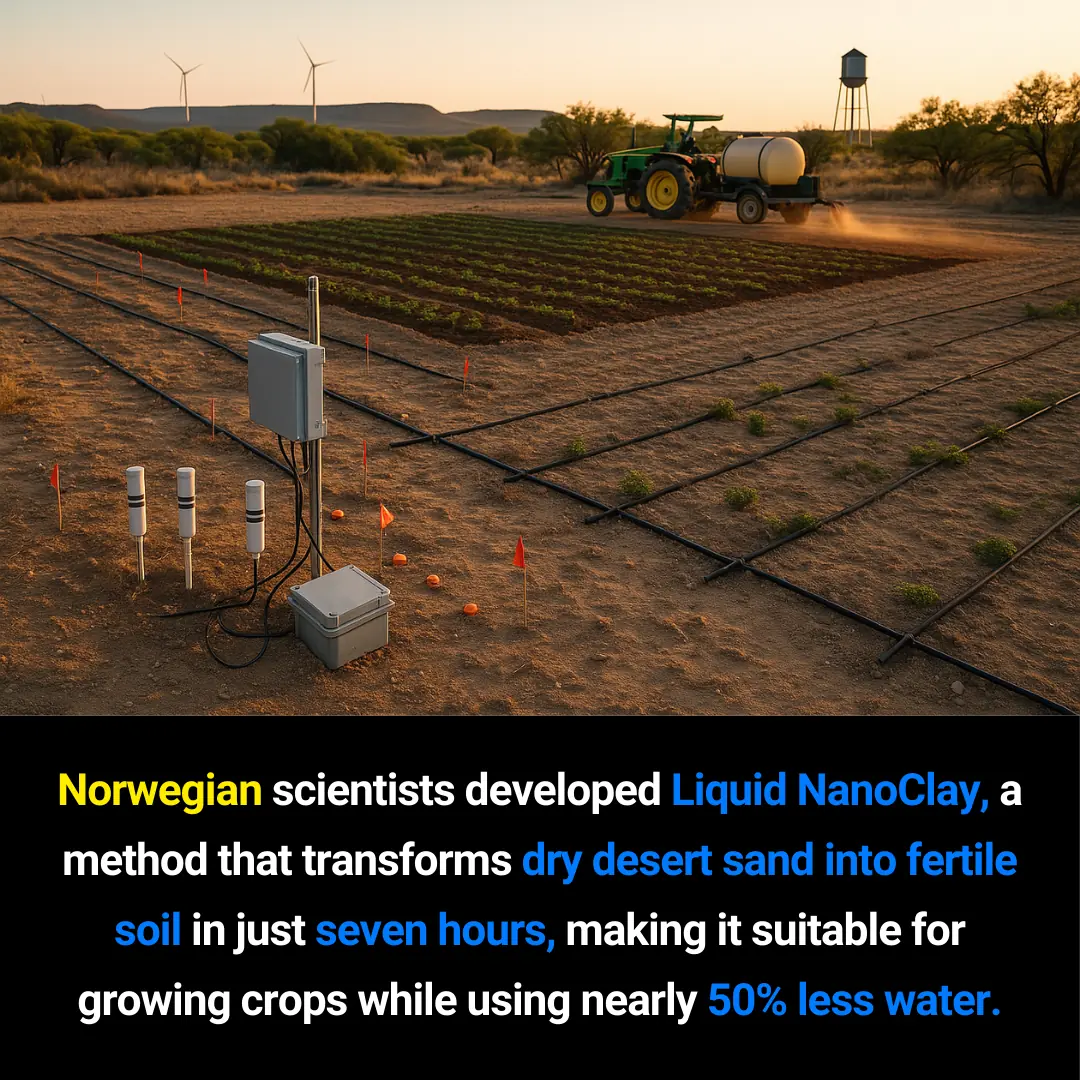
Liquid NanoClay: The Norwegian Innovation Turning Deserts Into Fertile Farmland

The Hidden Meaning Behind Tongue Piercings
News Post

Turning Gold Into Sight: A Revolutionary Nanotherapy That Could Help Restore Vision

The Extraordinary Survival Story of Bahia Bakari: The Sole Survivor of Yemenia Flight 626

First Person Cured of Type 1 Diabetes Using Stem Cell Therapy: A Groundbreaking Medical Achievement

Gray Hair: A Natural Defense Against Cancer, New Study Suggests

The Best Tea to Start Your Morning and After Dinner: A Powerful Blend for Wellness

Why Placing Borax on Wax Paper Under Your Fridge Works: A Full Guide

Young Student's Determination to Support His Education Inspires Viral Act of Kindness

Lavender Oil and Baking Soda: A Natural DIY Air Freshener Backed by Science (Full SEO Article)

MIT Scientists Develop Injectable Gel to Regenerate Damaged Nerves and Restore Sensation

How Attention Shapes Reality: The Neuroscience Behind Focus and Perception

From Fear to Trust: A Dog's Journey of Healing and Love

Cleaning the TV with tissue paper or plain water is a mistake. Use this to clean the dust and not scratch the screen

Bananas can't be eaten in time when bought. Do this so they won't be dark or overripe all week

A Powerful Mixture for Cleansing Your Liver (2 Ingredients)
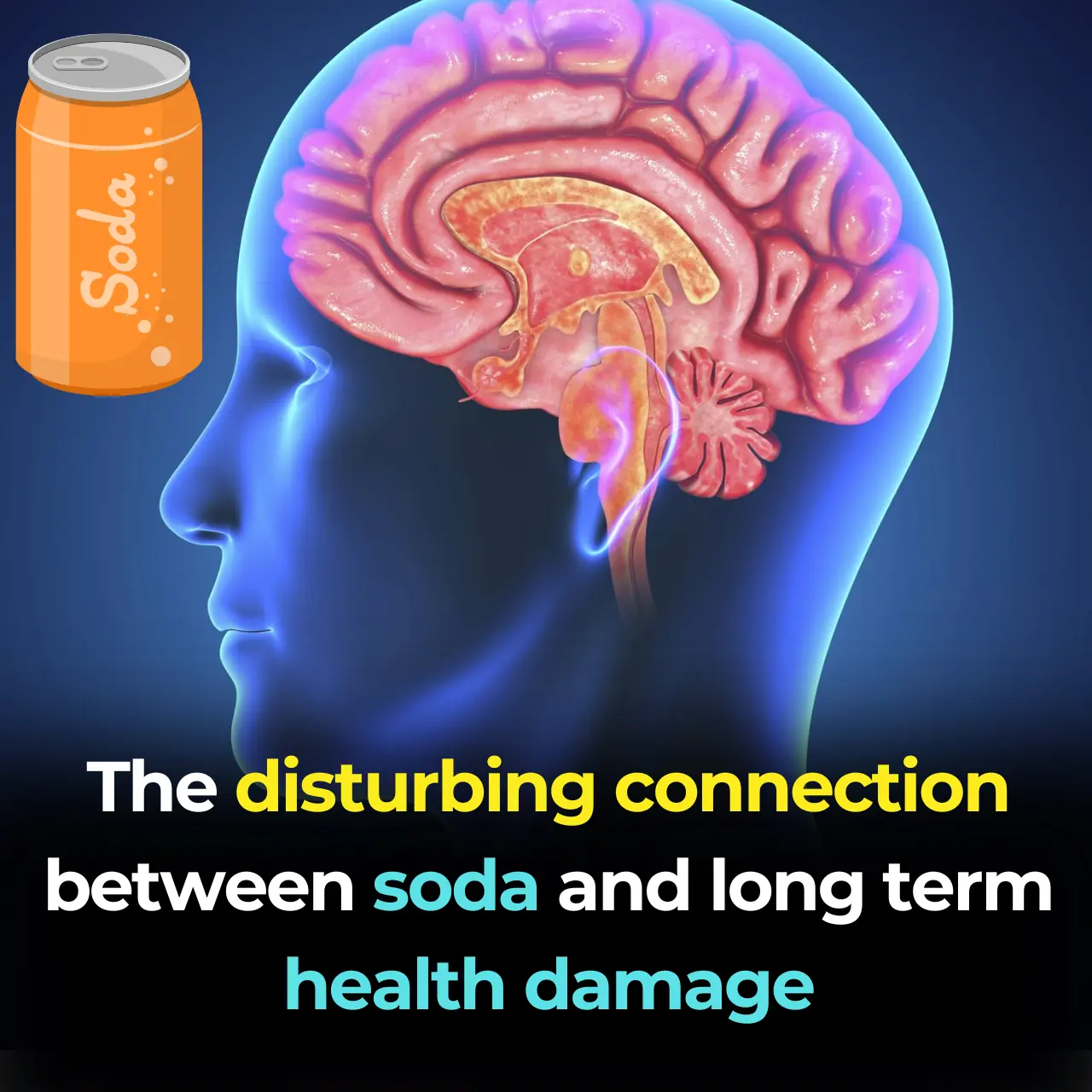
Studies Link Soda To Depression, Kidney Damage, Heart Attacks And Brain Damage
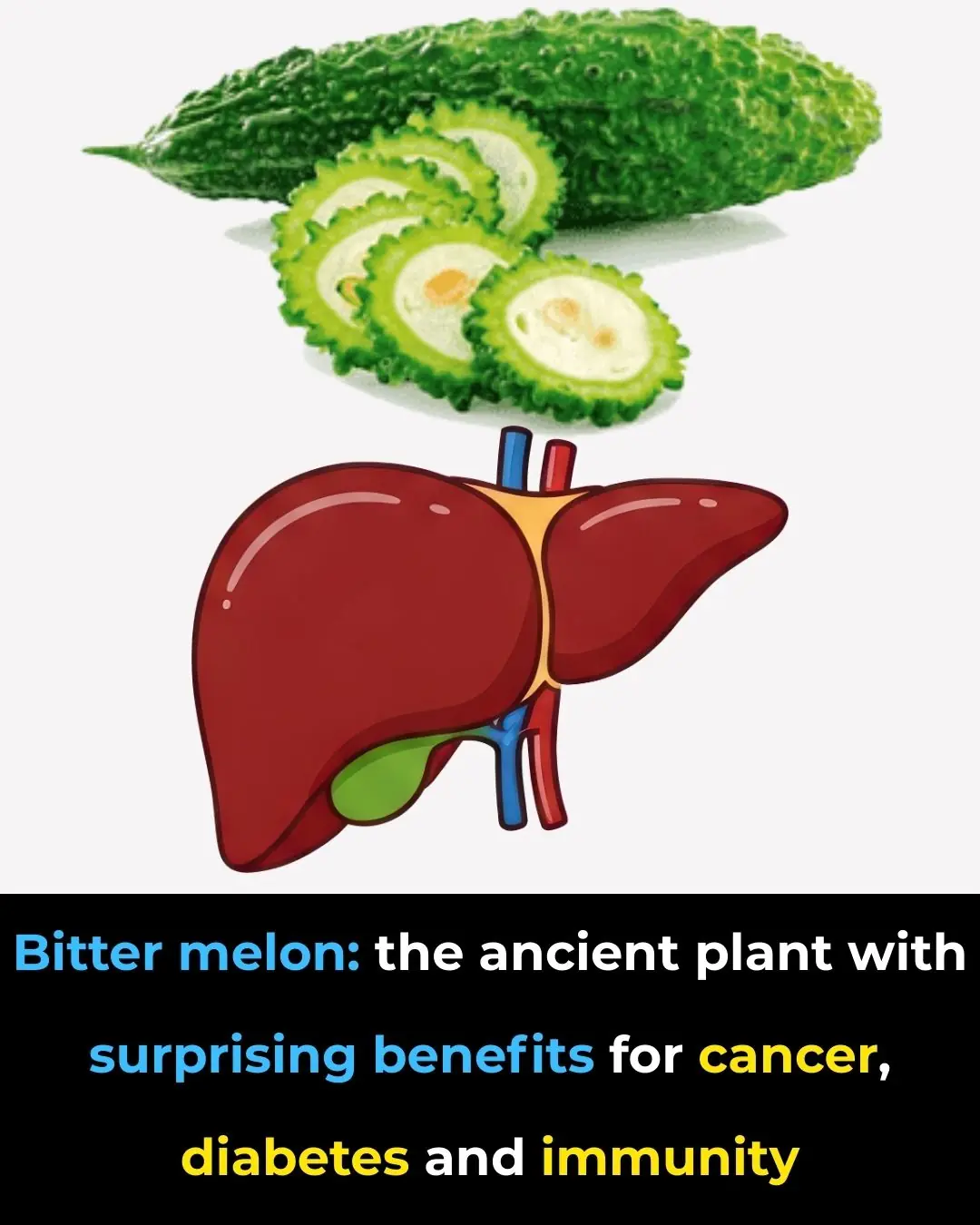
The Plant That Kills Cancer Cells, Stops Diabetes And Boosts Your Immune System!

Frequent Daytime Naps Linked to Larger Brain Volume and Healthier Aging

7 powerful vitamins you need for strong, healthy legs

Study Reveals: Parents of Sons Experience Sharper Cognitive Aging
